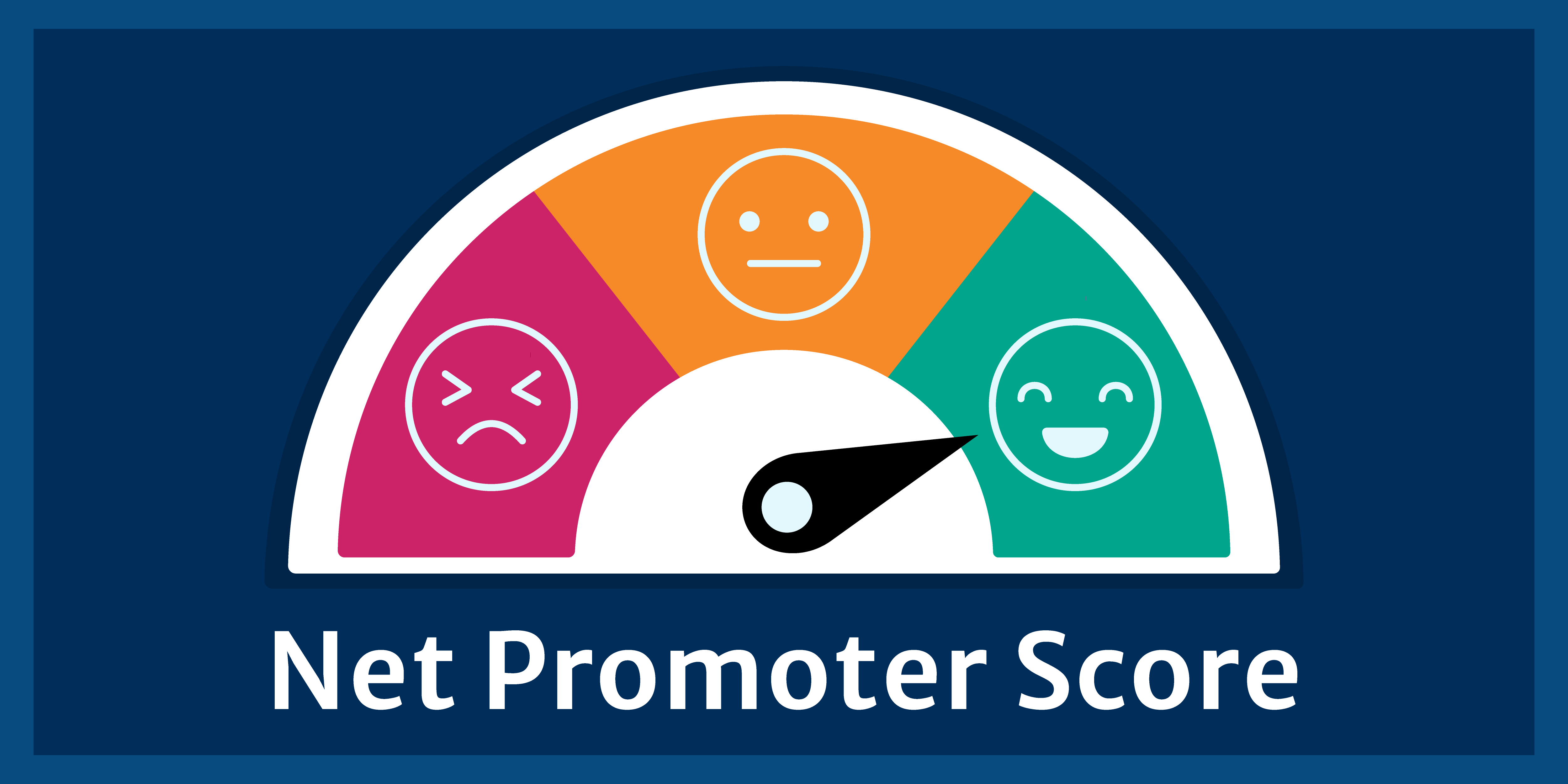Why does customer service matter?
 According to NMA, while people typically share good experiences with six to eight others, they’ll share poor experiences with at least 20. Those 20 individuals may then tell two or three more people each. Poor customer service isn’t just a missed opportunity—it’s a reputational risk.
According to NMA, while people typically share good experiences with six to eight others, they’ll share poor experiences with at least 20. Those 20 individuals may then tell two or three more people each. Poor customer service isn’t just a missed opportunity—it’s a reputational risk.
In Customer Service in Housing, participants will learn how to:
- Expand their definition of service and deliver a more personalized approach.
- Identify key customer groups, including residents, owners, and the broader public.
- Understand customers’ unique backgrounds and perspectives.
- Cultivate a customer-friendly attitude to build long-term relationships.
Self-directed vs. service-directed agencies
Is your agency self-directed or service-directed? Self-directed agencies prioritize internal goals, while service-directed agencies prioritize customer needs. This course helps agencies identify where they stand and offers actionable insights to align with service-first values.
Signs you are a self-directed agency include:
- Recognizing staff who focus on company goals, not good service.
- Prioritizing approval from managers, not customers.
- Promoting employees based on seniority and favoritism, not merit.
- Training staff on job functions, but not the job’s essence.
Signs you are a service-directed agency include:
- Recognizing staff who balance job efficiency with customer satisfaction.
- Having supportive managers who give staff the tools to provide quality service.
- Promoting employees based on good service skills as well as seniority.
- Training staff with a focus on both technical and interpersonal skills.
Practical tools to enhance customer service skills
In addition to learning ways to expand your customer service skill set, Customer Service in Housing provides you with:
- A six-step process for dealing with upset customers.
- General guidance to increase your customer service, such as ways to use plain language to boost communication with customers.
- Different technical approaches, such as etiquette when interviewing people with disabilities.
- A deep dive into different working styles to help you understand how different styles impact the customer service experience.
Bottom line
Whether for annual staff training or onboarding new hires, Customer Service in Housing offers practical tools, group activities, and valuable insights to elevate your agency’s customer service approach. Happier customers start with well-trained teams.
This article is for general information only. HAI Group makes no representation or warranty about the accuracy or applicability of this information for any particular use or circumstance. Your use of this information is at your own discretion and risk. HAI Group and any author or contributor identified herein assume no responsibility for your use of this information. You should consult with your attorney or subject matter advisor before adopting any risk management strategy or policy.







